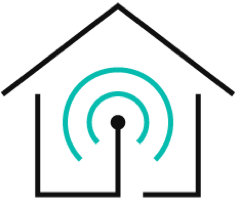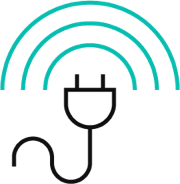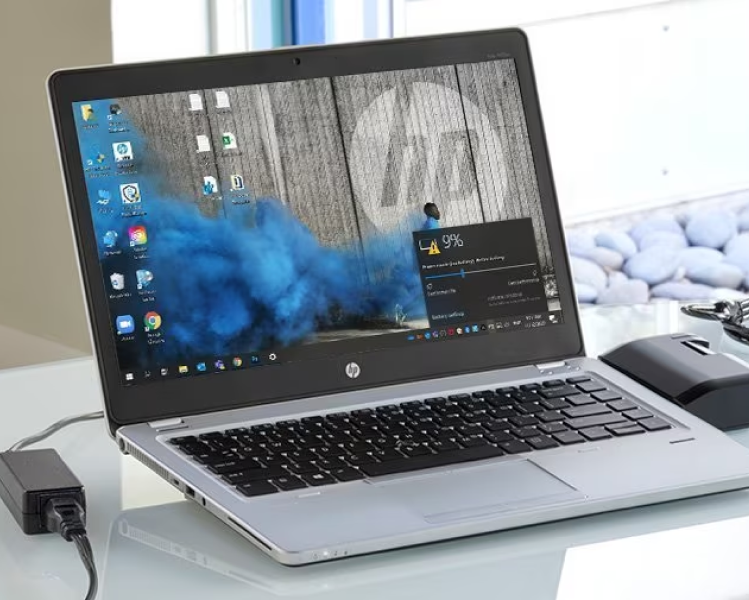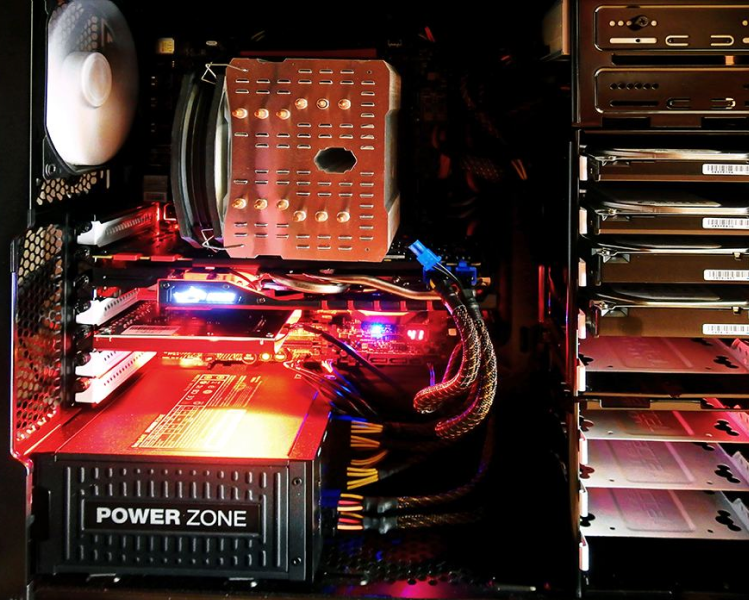Possibly not a thing you usually think about. Switches surround us everywhere, and we use them daily, but rarely would we think about them. In electrical engineering, a switch is an electrical component that disconnects or connects the conducting path in an electrical circuit, interrupting the electric current or diverting it from one conductor to another. In more simple words, a switch is something that helps you to turn lights (or appliances) on/off. Smart switch has the same function, but it is more advanced.
Why should a switch be smart?
The short answer is - to make your life more comfortable and free your hands from routine tasks. Of course, smart light switch can also help to save energy (turn lights on when needed and automatically off when not needed). Lighting automation can help to make your house more secure (turn lights on while you are on vacation to scare away thieves). And it can even help to avoid viruses (avoid touching switches with dirty hands when you arrive home).
Smart switches use wireless protocols (such as Wi-Fi, Zigbee, Z-Wave) to turn lights on/off remotely from a phone or by voice. By using a common smart home app you could set up useful routines (at this time... do this) and rules (If ..., then ...). And of course, you could connect your smart switches with voice assistants such as Alexa to turn lights on/off even more conveniently. To learn about voice assistants, see our previous post "Which voice assistant is right for you: Google Assistant, Alexa, Siri, etc."
Example rules and routines for smart light switch
- “Turn off the living room light every day at 11 pm.”
- “Turn on the bedroom light at 7 am.”
- “If the motion sensor detects movement in the kitchen, then turn on kitchen lamp 2.”
- “If no motion is detected in the garage for 5 min, then turn off all garage lights.
So, how to start?
If you are just starting out with lighting automation, you might want to test out some smart bulbs first to get the feel of the automated lights. However, you could also skip this step and choose to go directly to smart switches. The second option might need a bit of help from an electrician/installer to set up (recommended), but the result will be more seamless, natural, and long-lasting. It will turn your dumb lights smart without any visible changes to your home. Also, once the switch has been upgraded to smart, you are free to use all kinds of common light bulbs in the future and do not need to find expensive smart light bulbs for replacement. See more tips on how to start with smart lights here: "5 Things to Know Before You Buy Your First Smart Lights" and "Buyer’s Guide to Smart Light Switches Vs Smart Light Bulbs".















